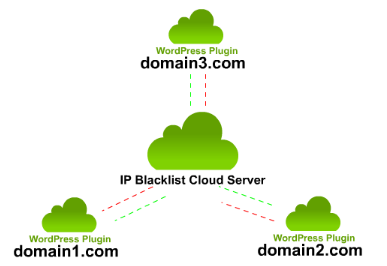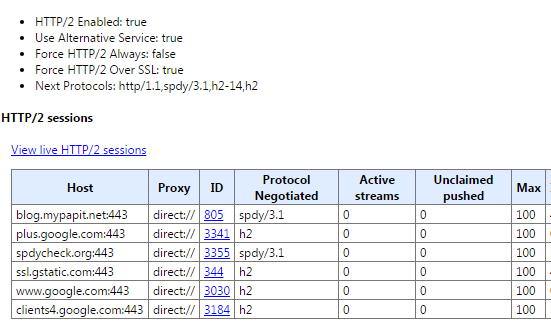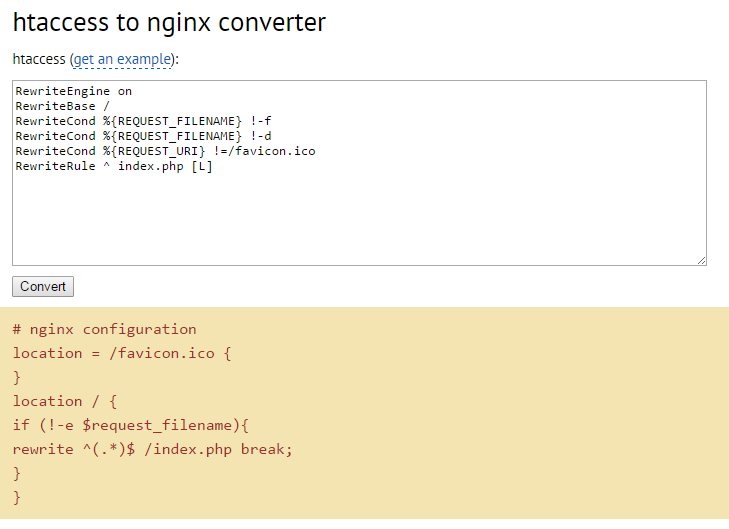Comment spams is the bane of any website operator that rely on real human interaction. Stopping comment spams by hand is a tedious process especially when comment spam attacks are sophisticated and are launched from Botnet. There are several techniques that can be employed to fight comment spams including behavioral analysis and also IP analysis.
In maintaining WordPress and Joomla sites, I myself has analyzed several web logfiles and Cloudflare logs to learn that most comment spam originated from certain ip blocks and countries. Therefore, I decided to completely deny access from those affected ip block through firewall (which keep the comment spam low and saves web server resources!)
However, recently I found a new service IP Blacklist Cloud which list the top most blacklisted ip address through collaborative effort. Normally I find blacklisting by ip address is tedious and probably harmful to legitimate visitors, however after conforming the ip addresses that I found inside my spam logs, I decided the list is legitimate and decided to firewall-block some of the worst offenders in the list.
IP Blacklist Cloud free WordPress plugins, which I personally does not use due to my policy of keeping my installation lean with minimal (to no plugins!), however I see that there’s no harm giving a shot!



